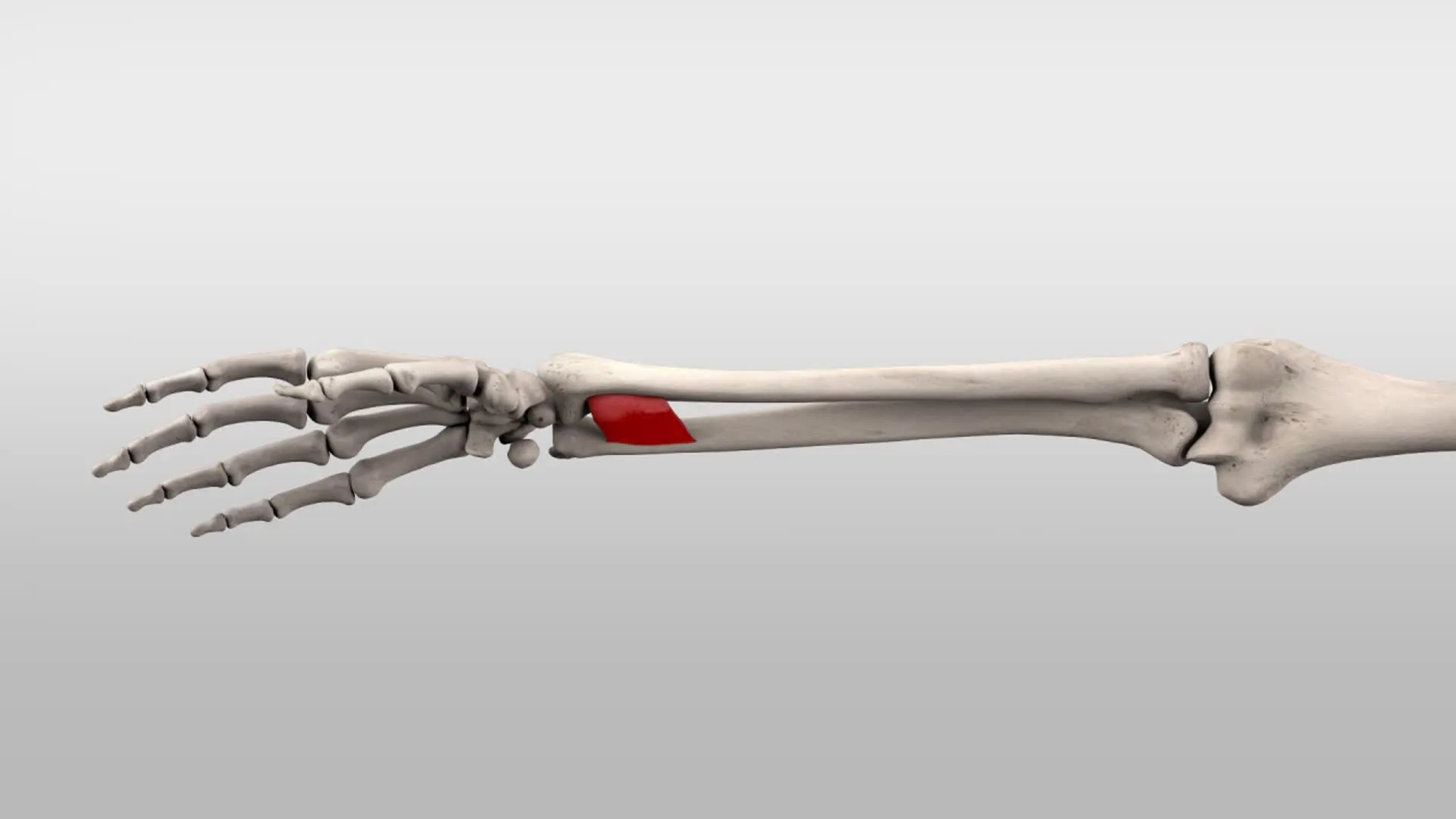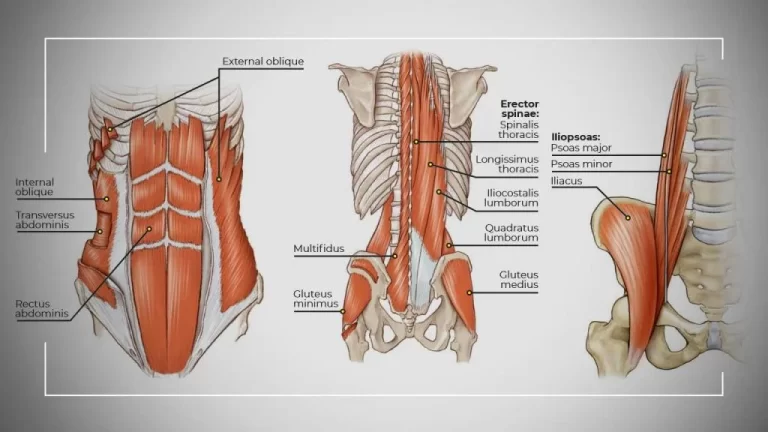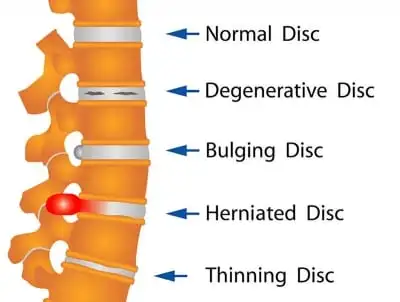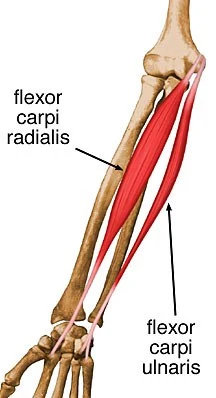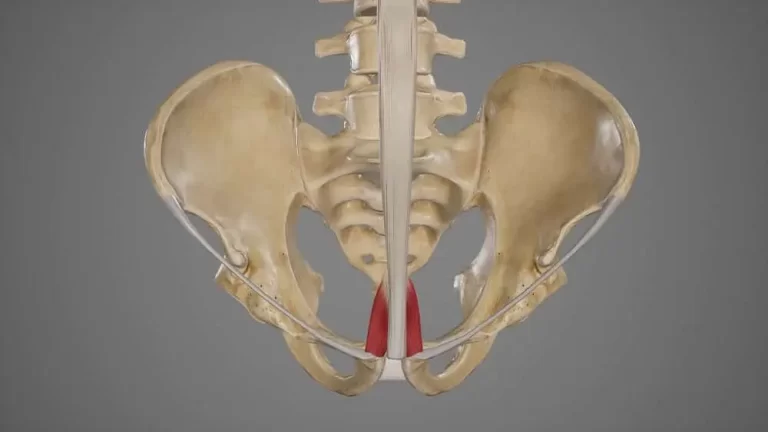Pronator Quadratus muscle
What is the Pronator Quadratus muscle?
The quadrangular, short, flat, and thin muscle known as the pronator quadratus is located in the forearm’s anterior compartment. Along with the flexor digitorum profundus and the flexor pollicis longus, it is a member of the deep group of forearm flexors. The forearm flexors’ superficial group covers these three muscles.
The pronator quadratus connects the ulna and radius at their distal ends. Forearm pronation is the primary function of this muscle, as the name suggests.
You can turn your forearm and palm to type on a computer thanks to your pronator quadratus. The median nerve, which supplies this muscle, transmits nerve impulses, making these actions possible.
Origin of Pronator Quadratus muscle
The oblique ridge on the anterior surface of the Ulna’s distal fourth gives rise to the muscle.
Insertion
The distal fourth of the radius has muscle inserted into its anterior and lateral borders.
Relations
The pronator quadratus is the most profound muscle in the foremost (flexor) compartment of the lower arm. As a result, it is underneath the other deep forearm flexors; flexor pollicis longus and flexor digitorum profundus. The pronator quadratus covers the interosseous membrane superficially and is found distally in the forearm.
As it travels from the forearm’s anterior to posterior compartment, the anterior interosseous artery punctures the interosseous membrane proximal to the pronator quadratus. On its way to the palmar arch, a branch of the anterior interosseous artery also descends deeply to the pronator quadratus. The palmar carpal branch of the radial artery arises close to the muscle’s distal border and travels anteriorly to the pronator quadratus. The deep surface of the pronator quadratus is reached by the anterior interosseous nerve, which runs posteriorly.
Innervation
The anterior interosseous nerve of the forearm innervates the pronator quadratus, with C7 and C8 spinal nerves primarily contributing. The brachial plexus is the source of the anterior interosseous nerve, which is a branch of the median nerve.
Blood supply
The anterior interosseous artery, which originates from the common interosseous artery, supplies the Pronator quadratus with arterial blood. The latter is an ulnar artery branch.
Functions of Pronator Quadratus muscle
Forearm pronation is caused by the Pronator quadratus acting on the proximal radioulnar joint. If the forearm is flexed, this movement involves the head of a radius pivoting around the ulna, turning the palm posteriorly or inferiorly. The pronator teres and brachioradialis muscles help the pronator quadratus perform this movement. This muscle plays a protective role because it runs across the distal forearm. The pronator quadratus protects and stabilizes the distal radioulnar joint by holding the distal ends of the radius and ulna together when upward pressure is applied during weight-bearing activities. By dissipating the forces pulling on the membrane during forced and rapid forearm rotations, it also protects the interosseous membrane.
Length
The muscle has a mean length of 6 cm.
Width
The muscle has a mean width of 3.5 cm.
Clinical Relevance
Myofascial Trigger point (TrP)
There are two primary referred pain patterns for the Pronator Quadratus muscle in the TrP: most commonly, pain radiates distally and proximally into the medial aspect of the forearm. The pain frequently radiates distally to the fifth digit of the hand and proximally to the medial epicondyle. In the second most common pattern, pain also spread distally to the third and fourth fingers.
Pronator Spasticity
The infusion of neurolytic specialists like Botulinum poison, phenol, or liquor is utilized in the engine point of the pronator Quadratus for the administration of pronator spasticity in stroke patients.
Anterior Interosseous Nerve (AIN) lesions
The Pronator Quadratus muscle, which is the most important muscle for this diagnostic procedure, is used to make an electrophysiologic diagnosis of AIN lesions.
Distal Radius Fracture
The most common treatment for this fracture is volar plating, which can cause flexor tendon rupture, which can be avoided by repairing the pronator quadratus muscle during surgery. In the early postoperative period, improved pronation movement, improved stability of the radioulnar joint, improved grip, and reduced pain can all be attributed to fixing the distal radius fracture while preserving the pronator quadratus muscle.
Pronator quadratus stretching
Take the right hand’s little finger and move it toward the sternum, or supination, for the right-hand Pronator Quadratus stretch. Push the right hand toward the belly with the left hand, increasing wrist flexion and pushing the right elbow forward for excessive supination. For the stretch, there ought to be wrist flexion and supination development.
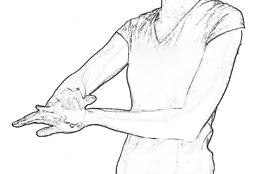
Pronator quadratus strengthening exercise
Isometric wrist pronation
The wrist and lower arm muscles are put under rotational pressure during this activity with a portable weight. Pin a rolled-up towel or yoga block between your elbow and body to aid in muscle isolation. Flex the elbow to 90 degrees of flexion while holding the load by the handle. To bring the portable weight into a bottoms-up position and permit it to somewhat shift outward of the lower arm, supinate the wrist. Keep this position for 5-7 seconds. Keep away from full-range supination since it will depend on your detached tissues instead of your wrist and lower arm pronators to hold the weight.
Dowel wrist rotation
This wrist-strengthening exercise targets the forearm muscles. Support your forearm on your thigh while sitting by using one end of a dowel or broomstick to do so. Turn your wrist to rotate the stickup and over. This exercise will be simpler assuming you get the stick nearer to the middle while snatching the stick nearer to the end will make it harder.
Banded wrist pronation
This exercise can help strengthen the wrist pronators. Place a band in your palm and make a one-time loop around your hand, starting with the pinky side and working your way toward the thumb. Grab the band with your thumb and fold it over the back of your hand to make sure the circle closes. With the hand that isn’t the objective, hold the opposite finish of the band. Turn the band until your palm is facing downward, starting with your palm facing upward. Reverse the rotation to finish a repetition.
Dowel ABC’s
The forearm and wrist can be strengthened with this exercise. To ensure that the opposite end of a dowel or broomstick touches the ground, hold one end out in front of you. From here, use the broomstick’s tip to draw the alphabet by moving your wrist. Try to move as much as you can while writing the ABCs to get the most intensity.
Dowel wrist stars
This exercise targets multiple directions of forearm and wrist strength. Hold onto one end of a dowel or broomstick to support the forearm while you are seated. From here, make a star by moving the wrist with the broomstick’s tip. When drawing the star, move as much as you can to get the most intensity.
Dowel wrist rotation
This wrist-strengthening exercise targets the forearm muscles. To move a dowel or broomstick up and down, wrap your arm around one end. This exercise will be simpler assuming you get the stick nearer to the middle while snatching the stick nearer to the end will make it harder.
Wrist rotation with dowel
This wrist-strengthening exercise will focus on the supinators and pronators in the forearm. Turn the palm so that it faces the ceiling by rotating your arm around the middle of a dowel or broomstick. Then, rotate the palm so that it faces the floor to complete a exercise. Repeat this exercise as needed and within a range of motion that can be tolerated.
Pronator quadratus active massage
The pronator quadratus muscle is targeted with this self-massage method. Hold the affected side’s arm straight out in front of you with your wrist flexed and push down on your forearm 1-2 inches proximal to the wrist. The force of the strain is preferably 5-6/10 power. Slowly and within acceptable limits, extend the wrist while maintaining the pressure. In most cases, you can only do 4-6 repetitions of this exercise per day.
FAQ
Is the quadratus pronator a primary mover?
Corpse studies have affirmed the significance of the PQ muscle in the capability of the lower arm. In a study with healthy volunteers, Stuart reported that the PQ muscle’s superficial head is the primary mover in forearm pronation and the deep head is a dynamic stabilizer of the distal radioulnar joint.
How is a pronator quadratus tear treated?
To prevent further damage to the Pronator quadratus, arm muscle strengthening is essential. A wrist splint, icing, and anti-inflammatory medications like ibuprofen are all common ways to treat these injuries.
What is the most typical reason why pronator syndrome occurs?
The pronator teres muscle entraps the median nerve, resulting in pronator syndrome. It is linked to gripping with the palm down, which involves making long or repetitive movements with the forearms. This issue is more likely to affect mechanics, assembly line workers, tennis players, rowers, and weight lifters.
Can minor muscle tears be repaired?
The majority of muscle strains do not necessitate surgery, and full healing is anticipated. The athlete can return when they are pain-free and have normal strength and motion if the tear is only partial. After a few weeks to a few months of the right kind of treatment and therapy, this usually happens.
Is surgery needed for muscle tears?
Many tears and many muscle injuries can be treated conservatively without requiring surgery. Physical therapy, ice, rest, compression, and elevation are all examples of this. However, patients may need surgery to repair a completely torn muscle in some instances.

